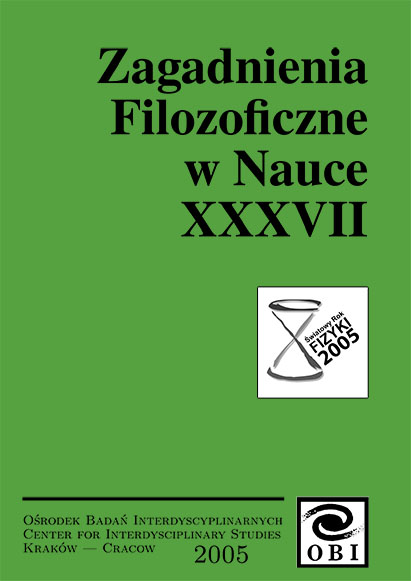Possible physical universes
Main Article Content
Abstract
The purpose of this paper is to discuss the various types of physical universe which could exist according to modern mathematical physics. The paper begins with an introduction that approaches the question from the viewpoint of ontic structural realism. Section 2 takes the case of the 'multiverse' of spatially homogeneous universes, and analyses the famous Collins-Hawking argument, which purports to show that our own universe is a very special member of this collection. Section 3 considers the multiverse of all solutions to the Einstein field equations, and continues the discussion of whether the notions of special and typical can be defined within such a collection.
Article Details
Issue
Section
Articles
How to Cite
McCabe, G. (2005) “Possible physical universes”, Philosophical Problems in Science (Zagadnienia Filozoficzne w Nauce), (37), pp. 73–97. doi:10.59203/zfn.37.331.

